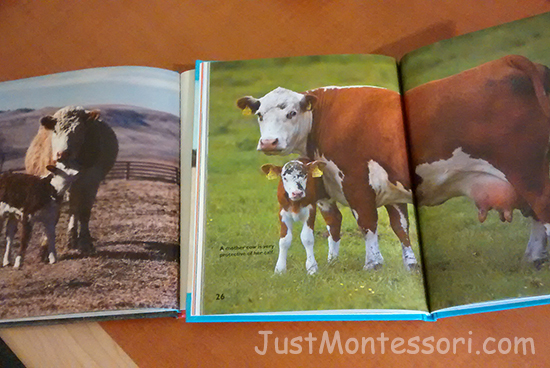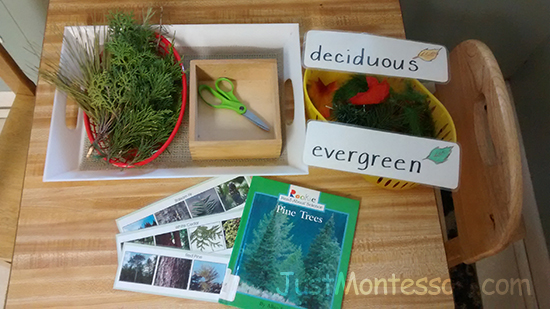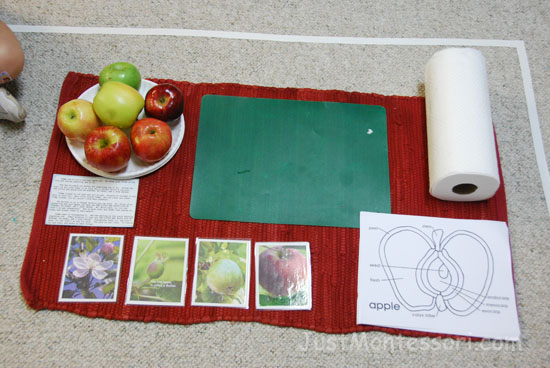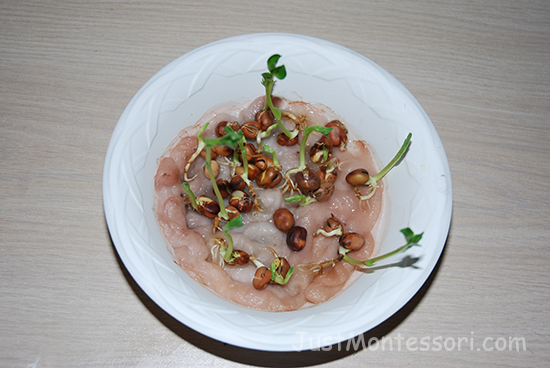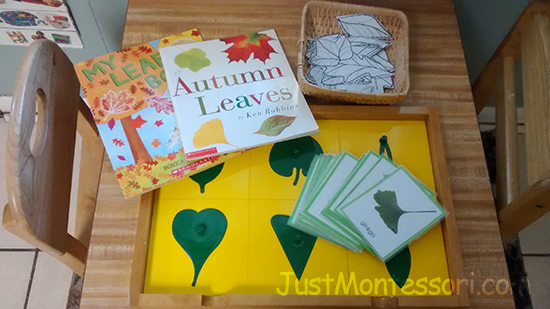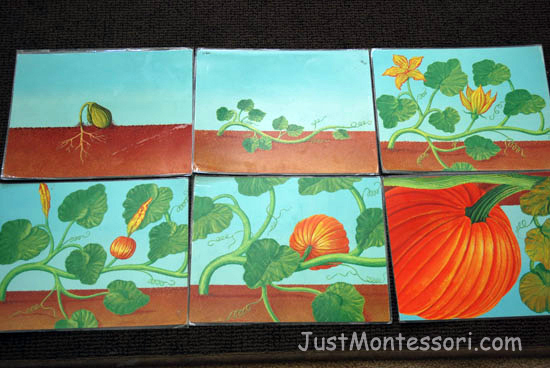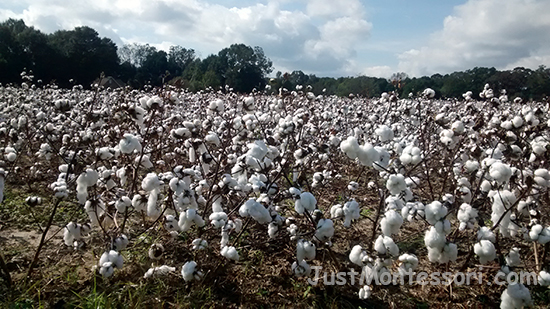We started to look at flowers last week.
The children can choose to make a Parts of the Flower booklet. There are a variety of flower work choices on the Botany shelf, which I like to provide options. We also planted some of the sunflower seeds that the children harvested from the sunflower head in the fall. Our discussion centered around Botany 26 Lesson on our lap card. This is found in Week 27 Day 2.
Continue reading “Parts of a Flower”

